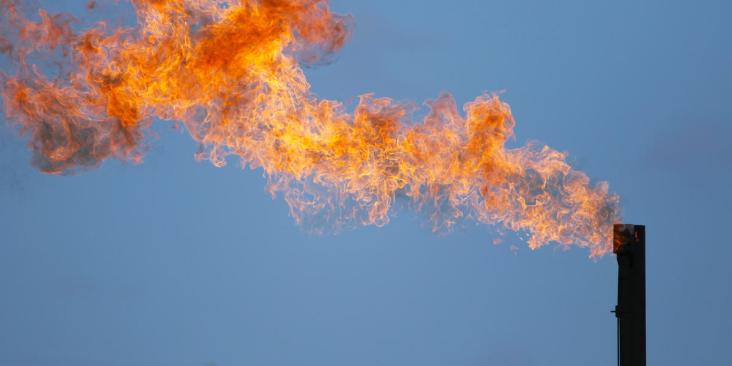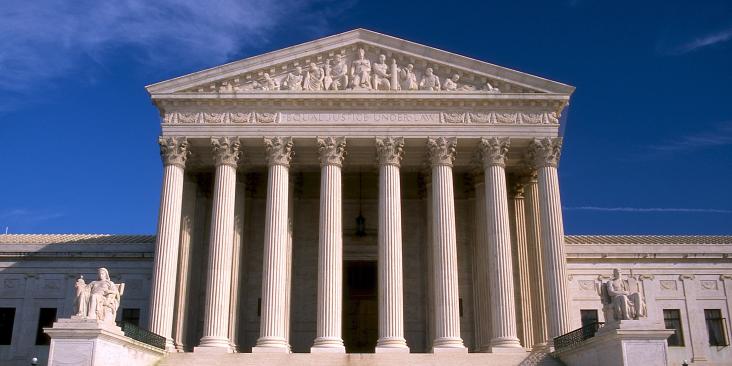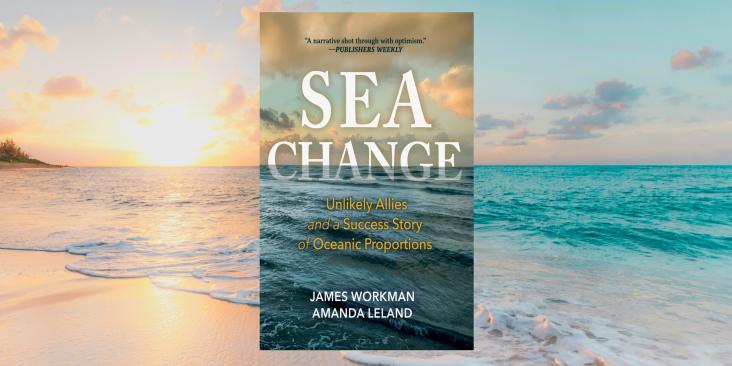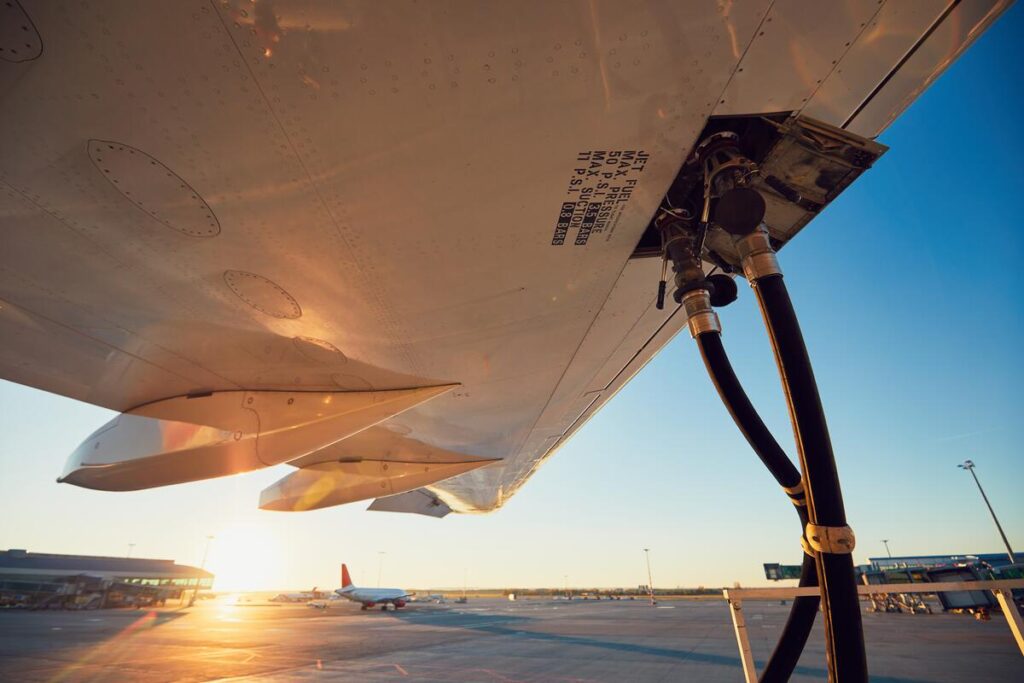- Cleaner jet fuel and stronger carbon price signals can curb aviation’s climate and health impacts.
- From cutting deadly air pollution near airports to boosting long-term decarbonization, two complementary policy tools offer a clear path forward for cleaner skies.
Addressing climate and air pollution from global aviation has never been more urgent. If aviation were a country, it would be one of the world’s top 10 sources of climate pollution – and demand for air travel is growing. Fortunately, two strategies – one focused on strengthening international aviation’s carbon price signal and broadening its scope, and the other on cleaning up jet fuel itself – offer powerful, complementary paths forward.
Smarter jet fuel policies and carbon markets can power cleaner aviation Share on XThe Carbon Offsetting and Reduction Scheme for International Aviation and targeted jet fuel regulation can work hand-in-hand to deliver near-term air quality improvements while driving long-term climate progress. With smart policy design, both approaches could be game changers.
This is the thesis of two EDF articles published last month in the International Civil Aviation Organization’s Environment Report, an agenda-setting publication that’s only issued every three years by the ICAO Secretariat. It’s an opportunity for aviation industry, advocates and other stakeholders to showcase the most pressing environmental issues.Below is a summary of EDF’s articles, but if you’d like to dive deeper you can read the full versions here and here.
CORSIA: A global framework that needs integrity to deliver
CORSIA, established by ICAO in 2016, is the world’s first sector-specific global carbon offset program. It caps emissions from international flights and requires participating airlines to offset any growth above 2019 levels using either high-quality carbon credits or low-carbon jet fuels certified as “CORSIA Eligible Fuels.”
As it enters its first operational phase (2024–2026), CORSIA has the potential to prevent up to 1.5 billion tons of CO₂ emissions by 2035. But to fulfill this promise, its integrity must be safeguarded. That means ensuring that every offset credit and alternative fuel delivers genuine, verifiable climate benefits — and that emissions aren’t “double counted” by both airlines and national governments under the Paris Agreement.
The risks of weak rules are real. If the market is flooded with low-integrity offsets or if sustainable aviation fuel claims are made without proper tracking, the environmental value of CORSIA could be undermined. Improved monitoring, reporting, and verification systems, coupled with formal government attestations to avoid double claiming of eligible fuels, could significantly enhance transparency and trust in the system.
Crucially, CORSIA must evolve beyond its current carbon-only focus. Non-CO2 effects from aviation — including contrail-induced global warming — are significant and require policy attention. Non-CO2 effects could be as great, or even twice as great, as those from CO2 alone when expressed in terms of effective radiative forcing. In the long term, CORSIA should help create meaningful price signals for the full range of aviation climate impacts, incentivizing innovation across aircraft design, operations and sustainable fuel production.
Jet fuel regulation: An immediate opportunity for health and climate
While CORSIA lays the groundwork for long-term decarbonization, a separate opportunity could deliver big wins today: regulating the aromatic and sulfur content of jet fuel.
Current jet fuels contain up to 25% aromatic hydrocarbons and significant levels of sulfur. These ingredients generate fine particulate matter (PM2.5) during combustion — pollution that not only has an indirect net warming effect, but also poses serious risks to public health, including respiratory and cardiovascular problems, and even premature death. A recent EDF study found that between 5.8 million and 16 million Americans are at risk for exposure to PM 2.5 from aviation in the vicinity of airports.
Evidence shows that reducing aromatic and sulfur content in jet fuel can significantly cut PM2.5 emissions. In blended fuels with a high share of synthetic, sulfur-free components, reductions of 50–70% in particulate emissions under certain conditions. These gains are especially pronounced during takeoff, taxiing and landing — around airports.
Public health experts are increasingly concerned about aviation-attributable PM2.5. Globally, these emissions are linked to more than 21,000 premature deaths each year. A recent reevaluation of earlier studies suggests aviation’s overall air quality impacts may be substantially greater than previously estimated. And in countries with heavy air traffic, like China, the annual toll from aviation-related PM pollution could be as high as 67,000 lives.
Cleaner fuels mean less PM 2.5, fewer contrails and a smaller overall climate footprint.
The policy path is clear: ICAO could establish international standards limiting aromatic and sulfur levels in jet fuel to levels compatible with existing safety and performance standards, much as countries already regulate diesel fuel for ground transportation. While most road diesel is now “ultra-low sulfur,” aviation fuel remains largely unregulated on these dimensions. ICAO is uniquely positioned to harmonize standards globally and maximize reductions.
And the economic case is strong. Cleaner jet fuel could raise fuel costs by just 2% or less — a marginal increase that equates to less than half a percent of operating costs for airlines. Moreover, cleaner fuels offer higher energy density, which could improve fuel efficiency and reduce emissions further.
A call-to-action
The window for action is now. Global aviation emissions are rising, and the decisions made in the next few years will shape the sector’s impact for decades. Smart, targeted investments in policy design, regulatory development, and high-integrity market infrastructure can help bend the curve toward cleaner skies.
Together, these steps can reduce pollution, protect lives and bring the aviation sector closer to its long-overdue climate course correction.
The future of flight can be cleaner. Let’s make it take take off.










